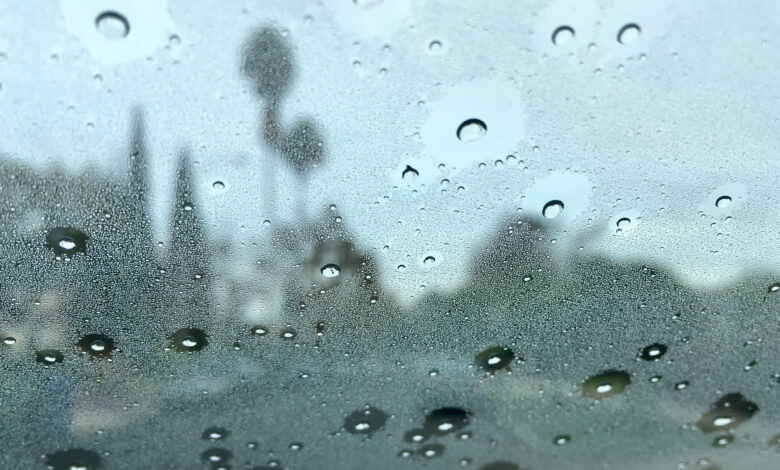
A foggy Los Angeles street seen through a car windshield with perfectly intact raindrops. Photo Credit: Pam Susemiehl/Getty Images
EnvironmentSociety USASponge Cities: Where Rain Is Put to Good Use
Big cities in the United States are transforming their infrastructures to make rainwater an asset rather than a calamity, and the green options are as useful in drought-prone regions as in flood-prone ones.
“Natural infrastructure like vegetated swales can not only slow down the hydrology—that is, reduce the speed with which this runoff accumulates in these natural systems—it can also actively clean the water,” explains Michael Kiparsky, director of the Wheeler Water Institute at the University of California, Berkeley.
Denser cities have to date been developed as rain jackets – with concrete material to whisk water away before it accumulates, clogging gutters, storm drains, and sewers. But urban planners are now developing cities with absorption in mind: Pittsburgh, for example, is rethinking concrete bricks as a more permeable surface, since water can trickle down through the small gaps between blocks in areas such as alleys and parking lanes where greenery cannot be deployed. Rain gardens, simple plots of vegetation along roadsides or on properties that flourish with rainwater, have also been put in place. There are also “vegetable swales”, ditches filled with grass and plants that help stormwater seep into the ground. Greener solutions to turn cities into sponges are also useful for areas that experience droughts: intense storms like those pouring down in Southern California used to be seen as a liability, but as Los Angeles is now a sponge city, big dumps of water are now most welcome as they are captured, thus reducing the state capital’s dependency on the importation of water from the Northern part of the state.



